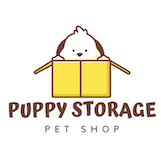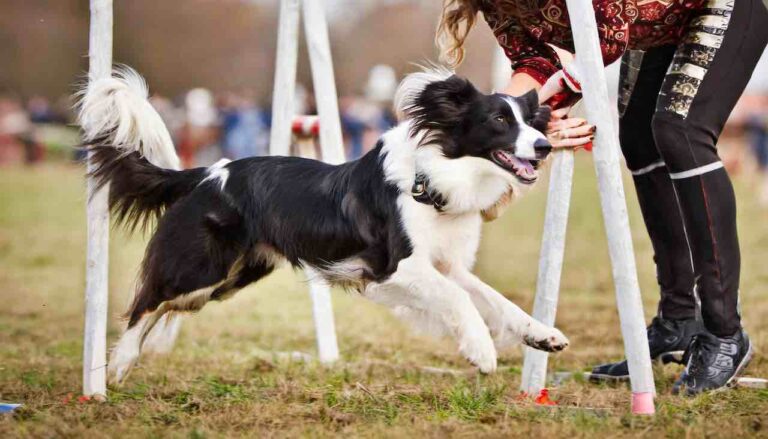A Comprehensive Guide to Pet-Proofing Your Home
Ever wondered if your home is truly a secure haven for your furry friend?
From wagging tails to curious whiskers, our pets bring immense joy but also require a space free from potential hazards. In this comprehensive guide, we explore the nuances of pet-proofing your home—a crucial step in ensuring a safe and pet-friendly living environment. Join us as we delve into identifying and addressing potential hazards, offering valuable tips to create a haven where your pets can thrive without worry.
Identifying Potential Hazards:
Toxic Substances:
How can you safeguard your pet from household items that may be harmful? Tips include keeping toxic plants out of reach, securing cleaning supplies and chemicals in cabinets, and being cautious with common household items like chocolate, certain foods, and medications.
Electrical Cords:
How do you protect your pet from the allure of dangling electrical cords? Tips involve using cord organizers to secure loose wires, investing in bitter-tasting cord covers to deter chewing, and keeping cords out of sight or using protective wraps.
Small Objects and Choking Hazards:
What precautions should be taken to prevent choking hazards? Tips include picking up small items that could be swallowed, being mindful of children’s toys with small parts, and securing trash cans with lids.
Sharp Objects:
How can you minimize the risk of your pet getting injured by sharp objects? Tips involve storing sharp utensils and tools securely, choosing pet-friendly furniture without sharp edges, and being cautious with items like scissors, razors, or needles.
Secure Furniture and Appliances:
How can you prevent furniture or appliances from toppling over? Tips include using furniture straps to anchor heavy items, securing appliances like microwaves or TVs, and being cautious of climbing pets, especially in homes with open shelving.
Open Containers and Trash Bins:
How can you prevent your pet from accessing potentially harmful items in open containers or trash bins? Tips include securing lids on trash cans, placing containers out of reach, and being mindful of disposing of items like sharp bones or toxic substances.
Household Appliances and Machinery:
What precautions should be taken with household appliances and machinery? Tips involve keeping appliances unplugged when not in use, securing loose cords from appliances, and ensuring that pets are safely away from operating machinery.
Dangling Blind Cords:
How do you address the risk of pets getting entangled in dangling blind cords? Tips include using cord cleats to secure cords out of reach, opting for cordless blinds, and securing cords to prevent them from hanging down.
Medications and Supplements:
How can you prevent accidental ingestion of medications and supplements? Tips involve storing medications in a secure cabinet, keeping pill organizers out of reach, and being cautious with medications that may accidentally fall on the floor.
Small Household Items:
What steps can be taken to avoid pets ingesting small household items? Tips include securing items like rubber bands, hair ties, or small toys, being cautious with craft supplies, and regularly checking for any small items that might pose a risk.
Tips for Creating a Safe and Pet-Friendly Living Space:
Dedicated Pet Spaces:
How can you cater to your pet’s needs with designated spaces? Tips include creating a cozy pet bed or area, providing scratching posts for cats, and setting up a play area with toys to keep them entertained.
Gating and Barriers:
What measures can be taken to control access to certain areas? Tips involve using baby gates to limit access to specific rooms, considering pet barriers for stairs, and securing outdoor spaces to prevent escapes.
Safe Outdoor Areas:
How can you ensure your backyard is a safe space for your pet? Tips include checking for toxic plants in the yard, securing fences and gates to prevent escapes, and removing any potential hazards like sharp objects or chemicals.
Pet-Friendly Flooring:
How can flooring contribute to a safer environment for your pet? Tips include choosing pet-friendly flooring that is easy to clean, considering rugs or carpets for traction, and trimming your pet’s nails regularly to prevent scratches.
Regular Veterinary Checkups:
How does regular veterinary care contribute to a safe environment? Tips include scheduling routine checkups to monitor your pet’s health, keeping vaccinations up-to-date, and addressing any health concerns promptly to prevent potential hazards.
Quiet Retreat Spaces:
How can you ensure your pet has a quiet retreat space? Tips involve providing a cozy, secluded area where your pet can retreat, placing their bed or crate in a quiet corner, and respecting their need for alone time.
Secure Storage for Pet Supplies:
What measures can be taken to organize and secure pet supplies? Tips include using secure storage for pet food to prevent overeating, organizing toys in a designated area, and storing grooming supplies in a safe and accessible place.
Pet-Friendly Furniture Covers:
How can you protect your furniture while making it pet-friendly? Tips include using durable, pet-friendly furniture covers, choosing upholstery that is easy to clean, and incorporating furniture that aligns with your pet’s habits, such as scratch-resistant materials.
Interactive Play Stations:
How can you make your living space engaging for your pet? Tips involve creating interactive play stations with toys and activities, incorporating scratching posts or pads for cats, and rotating toys regularly to keep their environment stimulating.
Comfortable Resting Areas:
How can you ensure your pet has comfortable resting areas throughout your home? Tips include placing cozy beds or blankets in various rooms, providing elevated perches for cats to observe their surroundings, and considering the placement of resting spots away from high-traffic areas.
Pet-proofing your home is an ongoing process that requires a keen eye and a commitment to your pet’s safety and well-being. By identifying and addressing potential hazards and implementing pet-friendly measures, you’re not just creating a secure environment; you’re fostering a space where your pet can thrive, play, and be their happy, healthy selves. Here’s to a home filled with joy, laughter, and the comfort of knowing your furry companions are safe and cared for.





































